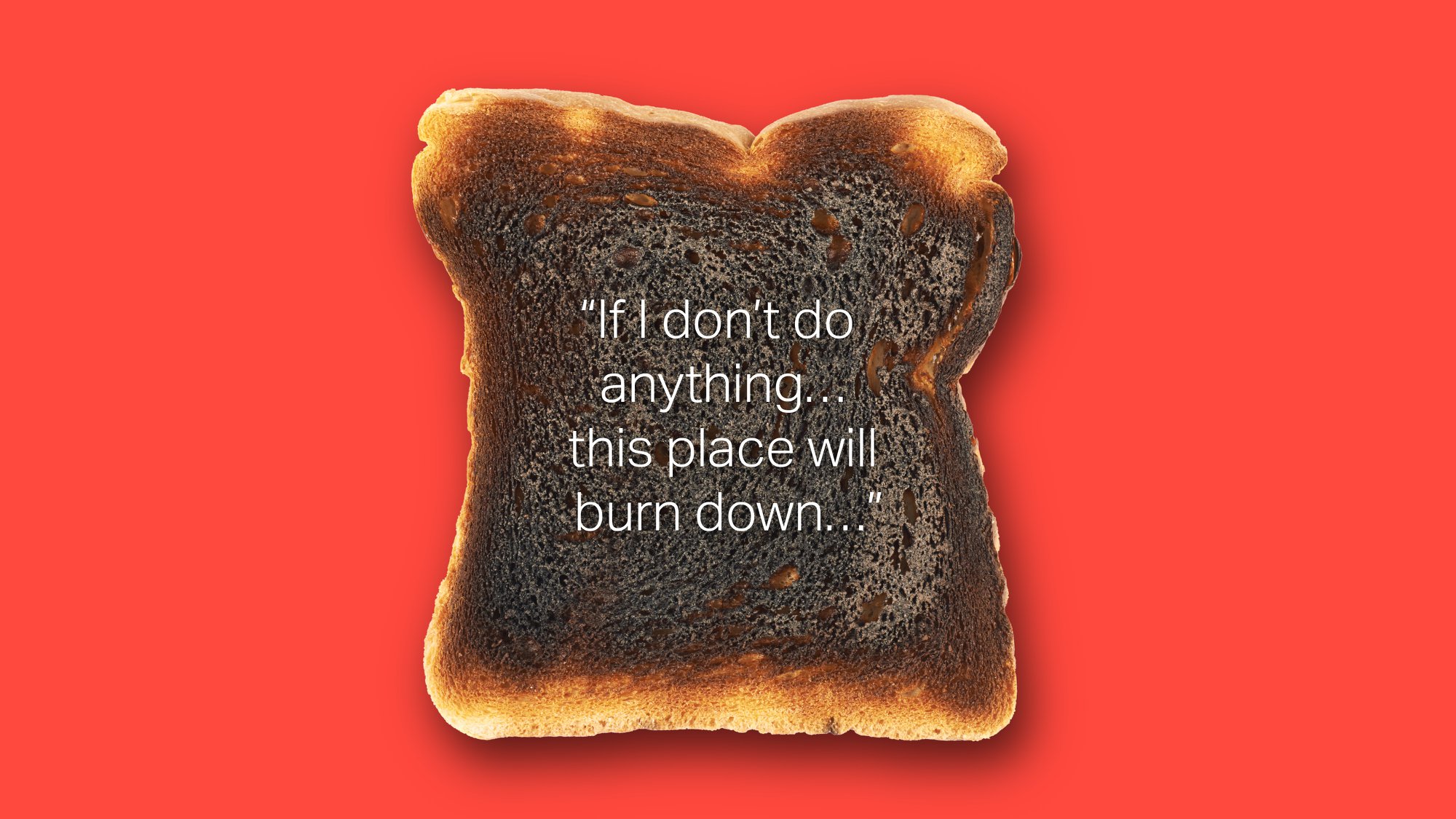Why I fear for sofas in the future workplace

What will the future workspace look like?
(and will there be sofas?)
How will we design a future workplace that is fit for all people and increases productivity?
There are loads of articles out there presupposing the future workplace. But history suggests we’re not very good at predictions…

Take the vision of the future above from 1961, taken from an article over on Paleofuture.
This futuristic ATM features a speech recorder that means users don’t have to punch in the amount of cash they want. Sounds great! But of course, it failed to predict the cashless society.
Oftentimes, our predictions miss the mark because they’re based on our knowledge and use of the world as it is today.
Last Friday (23 September), I had the privilege of speaking to 100 people at the Work Reinvented event. It took place at Platf9rm’s fantastic coworking space in Hove. During my session, I hosted a panel on the future workplace and how we design physical – and virtual – spaces.
Perhaps that’s why I’m so worried for sofas.
Many businesses appear to have turned their workplaces into social spaces; with sofas, coffee tables and top of the range coffee machines. Employees want to work in SoHo House, or at least the younger ones seem to.
As Paul Armstrong told the conference, research shows that young people don’t want to rush to the office. The whole image of youngsters desperate to be back ‘working hard and partying hard’ is misleading. Yes, they may want to experience some on the job learning, but what they value most is flexibility. Some research even suggests that young people were happier during lockdown than they are now.
They don’t need that sofa.
And of course, the Metaverse is coming.
Whether you like it or not, we’re all going to need to embrace, enjoy and exploit the virtual world. This is not a world made up purely of avatars. As Michel Viera so expertly described, it’s a place where digital tools are integrated and where you and I can step into 3D worlds to view and collaborate on projects, as if we were in the same room.
The metaverse at present is an idea, but it’s slowly forming. It’s a place where you can own some real estate and vote on how the metaverse is created. It’s a place that should be democratic, but also a place where the big players like Facebook (Meta) are trying to stake a claim.
Worried? Perhaps we should be. Because as Michel pointed out, the ethics of the metaverse are still to be determined. But one thing is certain: they don’t need that sofa.
So, who does?
Well, there’s been a point when I’ve believed we need to embrace all the flexibility that comes with blended working. I’ve also believed in the idea that we can work from anywhere and at any time and still do our best work.
But, whoa!
Hold your horses, Cliff.
You might be about to trample a whole stratosphere of people.
Susanna Chapman raised a brilliant challenge: those living with ADHD need predictability. They need their space; their desk; their certainty.
By clearing desks and changing hours, we throw a whole handful of spanners into the works for a neurodiverse community who have so much to offer. As Susanna explained, “We have spent our lives learning to be innovative and creative. We have so much to offer. We can do things faster. Don’t throw that away.”
I’ve been a passionate proponent of gender parity for years, and I still don’t think men get it. If you need more evidence, look at how women have been marginalised through Covid.
Lara Sheldrake reinvented her business through lockdown. Her Found & Flourish network is about bringing female and non-binary leaders together to unlock confidence. Her standpoint is clear: we need safe office spaces – online and offline – to enable people to build relationships. Ultimately, as Lara pointed out, it’s a matter of leadership. The future workspace, no matter what it looks like, needs progressive and nurturing leadership skills.
And, just like that, Susanna and Lara prove there is still room for the sofa.
This may perhaps come as a relief perhaps to Nathan Zaver, the fourth panellist and senior designer and architect at We Like Today.
Nathan designs physical spaces, and even he liked my sofa gag. His watch out is simple. He talked about binary spaces and the need to design for a multitude of needs. But he is clear on one thing: needs are emerging.
We need to design in an agile and iterative fashion. We need to observe the ways in which employees behave and react to their needs.
One example is wellbeing spaces, which Nathan sees the need for in the new physical space. This is understandable. It underlines all the research we conduct here at The Team that points to employees wanting wellbeing at the centre of any employee value proposition: you look after me and I will look after you.
Of course, as Michel highlighted, the great thing about the metaverse is that if you design a space and it’s wrong, it can be recoded quickly, unlike bricks and mortar.
This all brings me back to the Gartner Human Deal model, which offers a point of view that lays out 5 broad themes. Each theme’s aim is to create a more satisfied employee experience. If pursued, this model sees employee satisfaction tracking at 15% above the norm.
It’s a checklist for how we design spaces:
-
Purpose: create spaces that help us deliver meaningful work
-
Connections: create spaces that help all people feel included
-
Growth: create spaces that encouraging learning
-
Wellbeing: create spaces where people feel secure and safe
-
Flexibility: create spaces that people can control in order to deliver their best work
Ultimately, there may well be room for a sofa in all this. But the ambience it brings is very much secondary when we consider how to reinvent work.
Read more on workspace design in our blog, Workspace Design: Putting Employee Experience First





